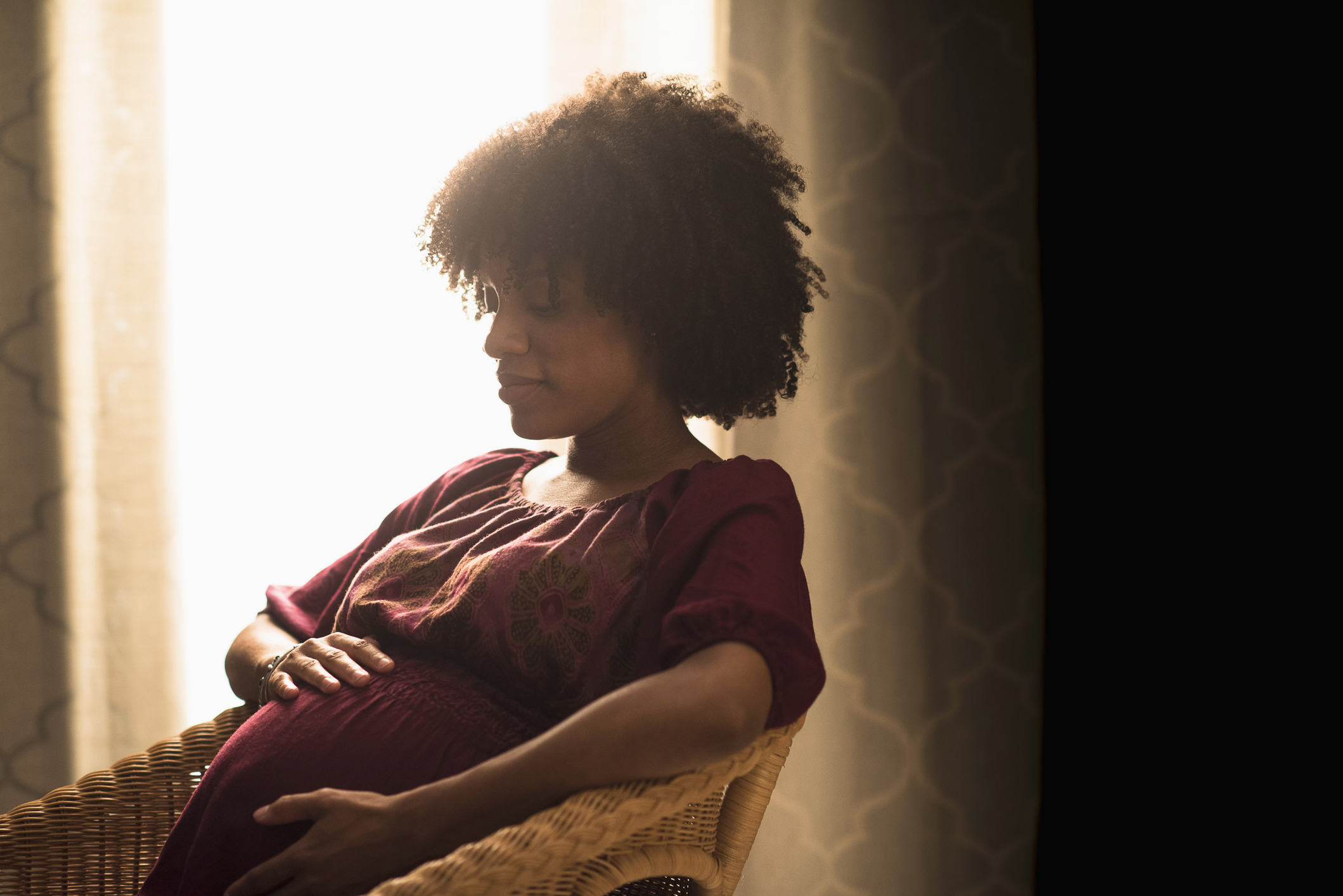Whether by way of a pregnancy test in your bathroom or a blood test from a doctor, there’s no mistaking it: you’re pregnant. If you’re only a few weeks along, you might be looking at yourself sidelong in a mirror like a character in a movie that’s trying to subtly imply a pregnancy. Right now, your shape is likely entirely unchanged. So, when do you start “showing” and growing that baby bump?
Pregnancy is an exciting and transformative journey. One of the most anticipated milestones is the moment when you start showing a baby bump. However, the timing of when you start showing can vary significantly from one woman to another. In this article, we’ll explore the factors that influence when you start showing, what you can expect during each trimester, and some tips for embracing your changing body.
Factors Influencing When You Start Showing
Your body type and pre-pregnancy weight play a significant role in when you start showing. Women with a smaller frame or lower body fat percentage may start showing earlier than those with a larger frame or higher body fat percentage. This is because there is less tissue to conceal the growing uterus.
Stronger abdominal muscles can help support the uterus and keep it from protruding as quickly. Women with well-toned abs might not show as early as those with less muscle tone. If you’ve been pregnant before, you might start showing earlier in subsequent pregnancies. This is because your abdominal muscles and ligaments have already been stretched, allowing the uterus to expand more quickly.
Did you know the position of your uterus can also affect when you start showing? A tilted uterus might make it less noticeable early on, while a uterus that sits more forward may lead to an earlier visible bump. This is also going to debunk that wives tale that predicts that if your pregnant belly is ‘hanging lower’, you’ll be having a boy. Really, the gender of your baby has nothing to do with how your stomach looks – it’s all about the position of your uterus in your body.
The First Trimester (Weeks 1-12)
During the first trimester, you might not see much of a baby bump. The uterus is still small and tucked away behind the pelvic bone. Any weight gain or bloating you experience during this time is usually due to hormonal changes and increased fluid retention. However, some women may notice a slight rounding of the lower abdomen by the end of the first trimester.
The Second Trimester (Weeks 13-26)
The second trimester is when most women start to notice a more pronounced baby bump. By this time, the uterus has grown significantly and is no longer hidden behind the pelvic bone. On average, women start showing between weeks 14 and 20. However, this can vary widely depending on the factors mentioned earlier.
During the second trimester, you may also experience other physical changes, such as an increase in breast size and a more defined waistline. This is a great time to start wearing maternity clothes that provide comfort and support if you need it.
The Third Trimester (Weeks 27-40)
By the third trimester, there’s no mistaking that you’re pregnant. The uterus has expanded to accommodate the growing baby, and your belly will be quite prominent. During this time, you may feel more pressure on your abdomen and pelvis as the baby gets ready for birth.
Embracing your changing body during the third trimester is a wonderful thing, but it can be challenging especially as you deal with common discomforts like back pain. It’s important to prioritize self-care and listen to your body’s needs. This is also the perfect time to start planning that babymoon you’ve been dreaming of, and to get everything ready for when your baby arrives.
Tips for Embracing Your Changing Body
Regular exercise can help you maintain a healthy weight, improve your mood, and prepare your body for labor. Consult with your healthcare provider to create a safe and effective exercise plan. A balanced diet rich in fruits, vegetables, lean proteins, and whole grains can support your baby’s growth and your overall well-being.
Drinking plenty of water can help reduce bloating and keep you feeling energized. It is recommended that you Invest in maternity clothes that offer support and accommodate your changing shape. Look for items that are stretchy, breathable, and stylish.
Take time for yourself to relax and unwind. Whether it’s prenatal yoga, meditation, or a warm bath, self-care can help you feel more connected to your body. Joining a prenatal support group or online community can provide valuable support as you navigate the changes of pregnancy.
The journey of pregnancy is unique for everyone, and the timing of when you start showing can vary widely. Factors such as body type, muscle tone, number of pregnancies, and the position of the uterus all play a role in when your baby bump becomes visible. When you understand these factors and embrace your changing body, you can fully enjoy this special time in your life. Remember, there’s no right or wrong time to start showing it’s all part of your pregnancy journey.
